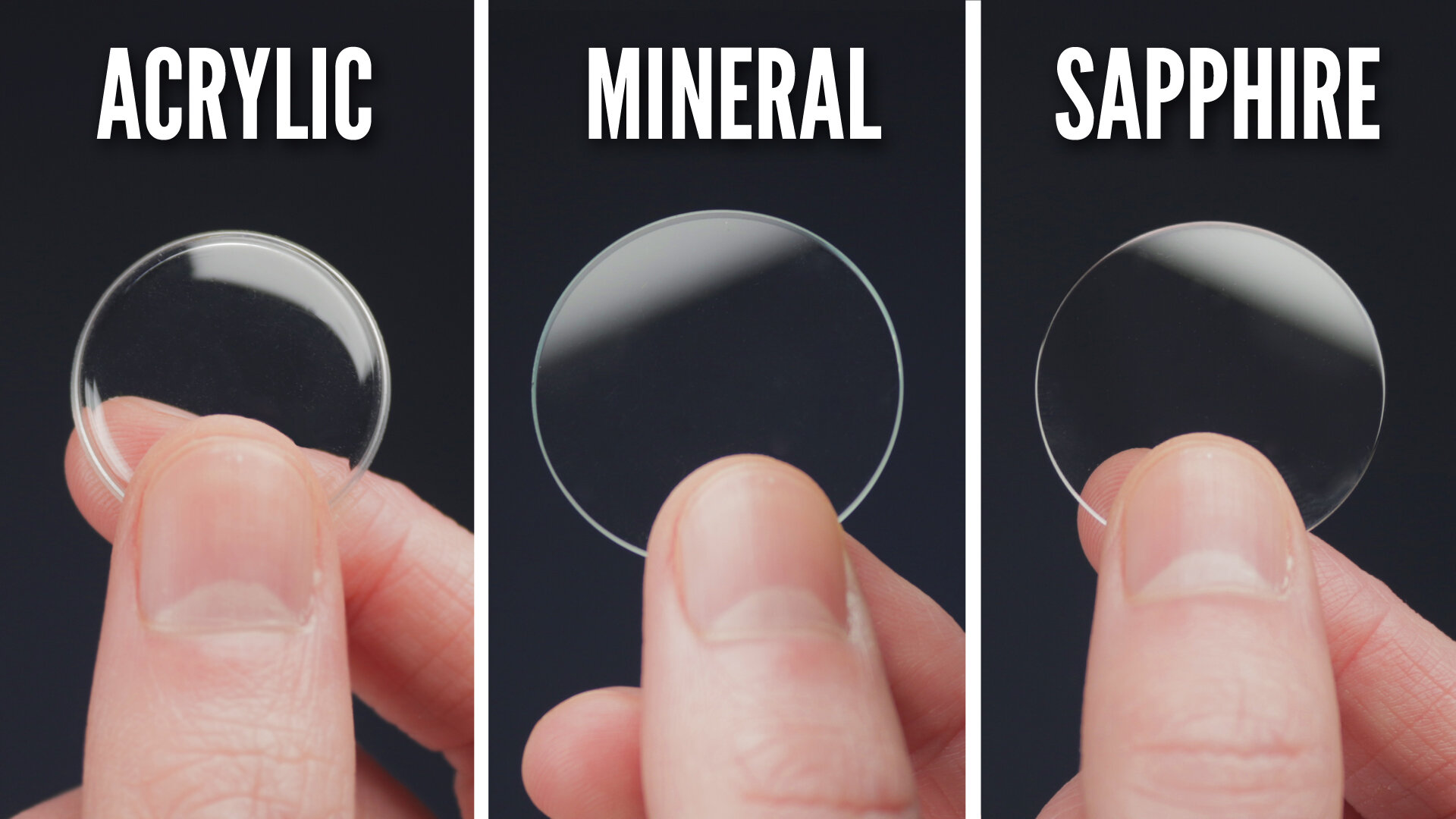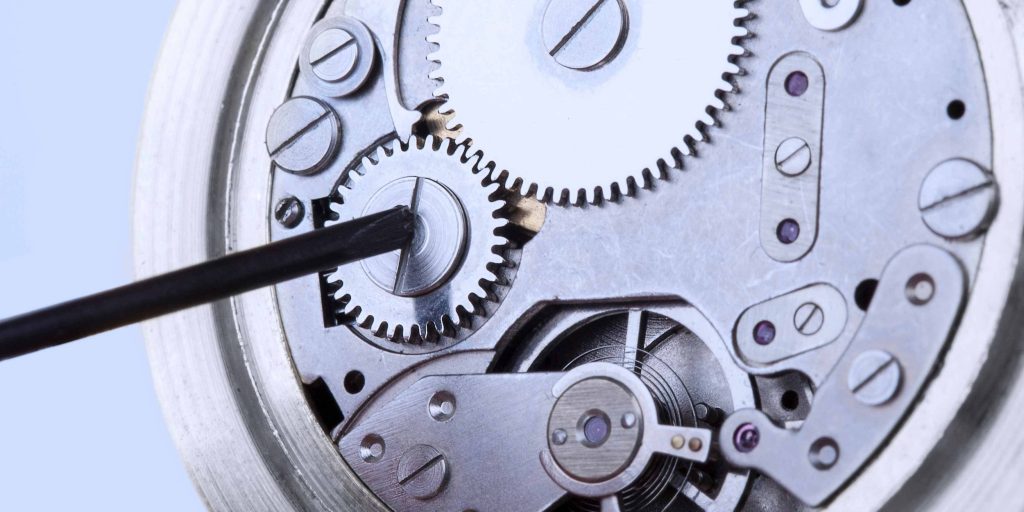When it comes to watches, there are many different types of watch plating available. As a watch enthusiast, it’s important to understand what each type entails to make the right choice when purchasing a timepiece. Whether you want something with a more classic look or a more modern appeal, learning about the various types of watch gold plating can help guide your decision-making process.

What is Watch Plating?
Watch plating is a process used to increase the longevity and durability of watches by applying thin layers of metal on top of other metals. It helps protect the underlying metal from corrosion and wear and tear over time while also providing an aesthetically pleasing look. The most common metals used in watch plating include gold, silver, brass, steel, titanium, nickel and copper. Each type offers unique style and design options and varying levels of protection against corrosion and everyday wear.
Types of Watch Gold Plating
Gold-plated watches have been popular for centuries because of their timeless look and luxurious feel. Gold-plated watches come in two varieties: electroplated gold (also called flash) and vacuum-deposited gold (also called heavy). Flash gold watches are less expensive than their vacuum-deposited counterparts, but they tend to be less durable as they have only one layer of metal compared to several layers in heavier gold deposits. Vacuum-plated gold tends to last much longer than flash plated pieces because the multiple layers protect the underlying metal from corrosion and scratches over time.
Types of silver plating
Silver-plated watches offer an elegant alternative to traditional gold models with a bright luster that stands out from other colours in today’s wristwatch market. As with gold watches, silver plated watches come in both electroplated (flash) and vacuum-deposited varieties, depending on how thickly the silver plate is applied to the underlying material. Flash silver plates tend to tarnish easily, while vacuum-deposited plates offer better protection against everyday wear and tear, making them ideal for those who want a long-lasting watch that looks stylish even after prolonged use.
Types of steel plating
Steel plating is another popular option when it comes to choosing a timepiece due to its resistance to rust as well as its sleek aesthetic appeal that fits perfectly with any wardrobe, no matter what occasion calls for such an accessory. Steel-plated watches usually come in either chrome or stainless steel varieties, depending on how thickly these metals are applied to the underlying material, such as brass or titanium alloys, as with other forms of watch plating. plating mentioned above, but this variety provides additional benefits such as increased resistance to corrosive elements found in certain environments such as saltwater, air as well as greater strength to withstand impact forces should accidents occur during regular activities involving contact between objects moving at high speeds, while still retaining its shape afterward without losing too much of its functionality from before due to the initial impact, so this feature definitely sets it apart from others when considered overall here especially if someone wants something reliable yet affordable enough where affordability doesn’t sacrifice quality too much overall here instead giving one good value within budget constraints although prices vary based on factors such as thicknesses involved along with materials chosen etcetera making research beforehand necessary whenever possible ideally speaking here anyway moving on now shall we?
Types of Titanium Plating
Titanium plating is often used in conjunction with other materials such as steel or aluminum because it adds extra durability without sacrificing too much weight so ideal for those who may require sportier designs as opposed to dress ones perhaps more elegantly suited to formal events instead etcetera going forward then yes? Like our previous examples listed above, however, titanium watches also come in either electroplated (flash) or vacuum-deposited varieties, though having said that, these do cost more than, say, steel models due largely to the increased manufacturing processes needed to create them henceforth, why research thoroughly beforehand is recommended whenever possible under the circumstances outlined previously, though always check return policies just in case things don’t turn out as expected here anyway, then yeah?

Which type is right for you?
Choosing which type of watch plating is right for you will ultimately depend on your personal preferences as well as your budget constraints, but knowing about each type can help narrow down your choices considerably when shopping around online or at retailers near you, so take some time to learn more about these various options available so as to make informed decisions accordingly later investments thanks very much, everyone!
